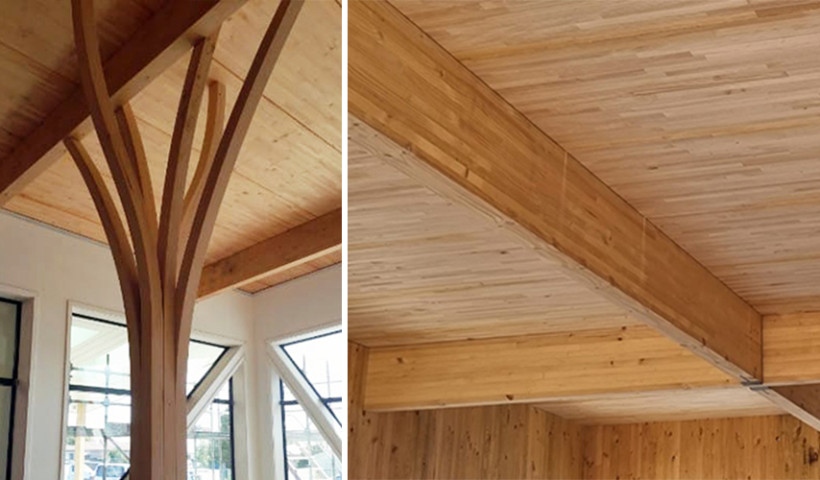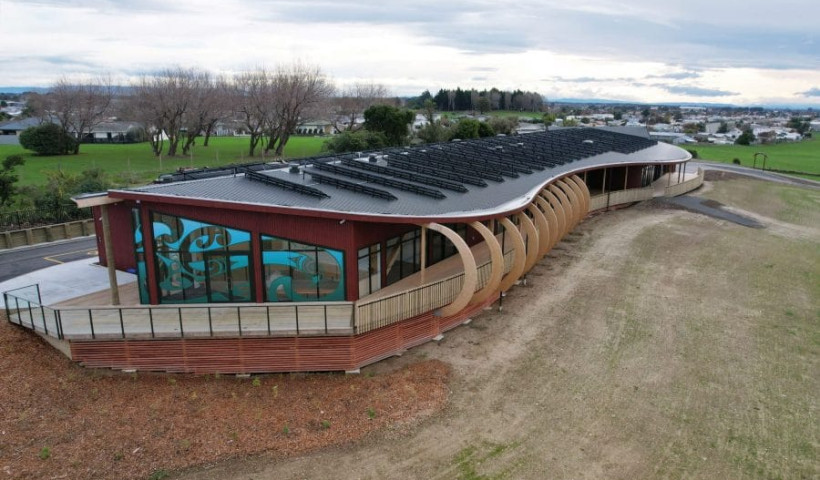
The seismic performance of engineered glulam products is often misunderstood and understated.
Glulam has an excellent strength to weight ratio in comparison to steel and concrete. When considering equivalent beam sizes for the same load-bearing capacity in glulam and steel, glulam has approximately 1.5 – 2 times the strength to weight ratio of steel. This means there is a benefit in the buildability of glulam structures, as well as the advantage of much smaller foundations needed. This enables reduced overall structure weight, making glulam ideal in earthquake-prone areas.
In recent years there has been a lot of research and scientific effort into increasing the use of structural laminated timber in commercial construction. Significant investment has been made in research and development by the timber industry in partnership with government agencies.
There has been a noticeable shift of late with developers moving toward using structural timber for low to mid-rise multi-storey offices as well as large-scale single level buildings such as warehouses, arenas, and community buildings. The assurance and advantages of timber in a seismic event brings cost benefits over alternative material.
Key features:
- Excellent strength to weight ratio
- Huge benefits in buildability
- Smaller foundations required
- Reduced overall structure weight, ideal in earthquake-prone areas
- Cost benefits over alternative materials
- Ideal for large-scale single level buildings such as warehouses, arenas, and community buildings, and low to mid-rise multi-story offices
Contact the team at Techlam for any technical enquiries regarding the design of Techlam Glulam for performance in seismic events.













 New Products
New Products


















 Popular Products from Techlam NZ
Popular Products from Techlam NZ Most Popular
Most Popular


 Popular Blog Posts
Popular Blog Posts
